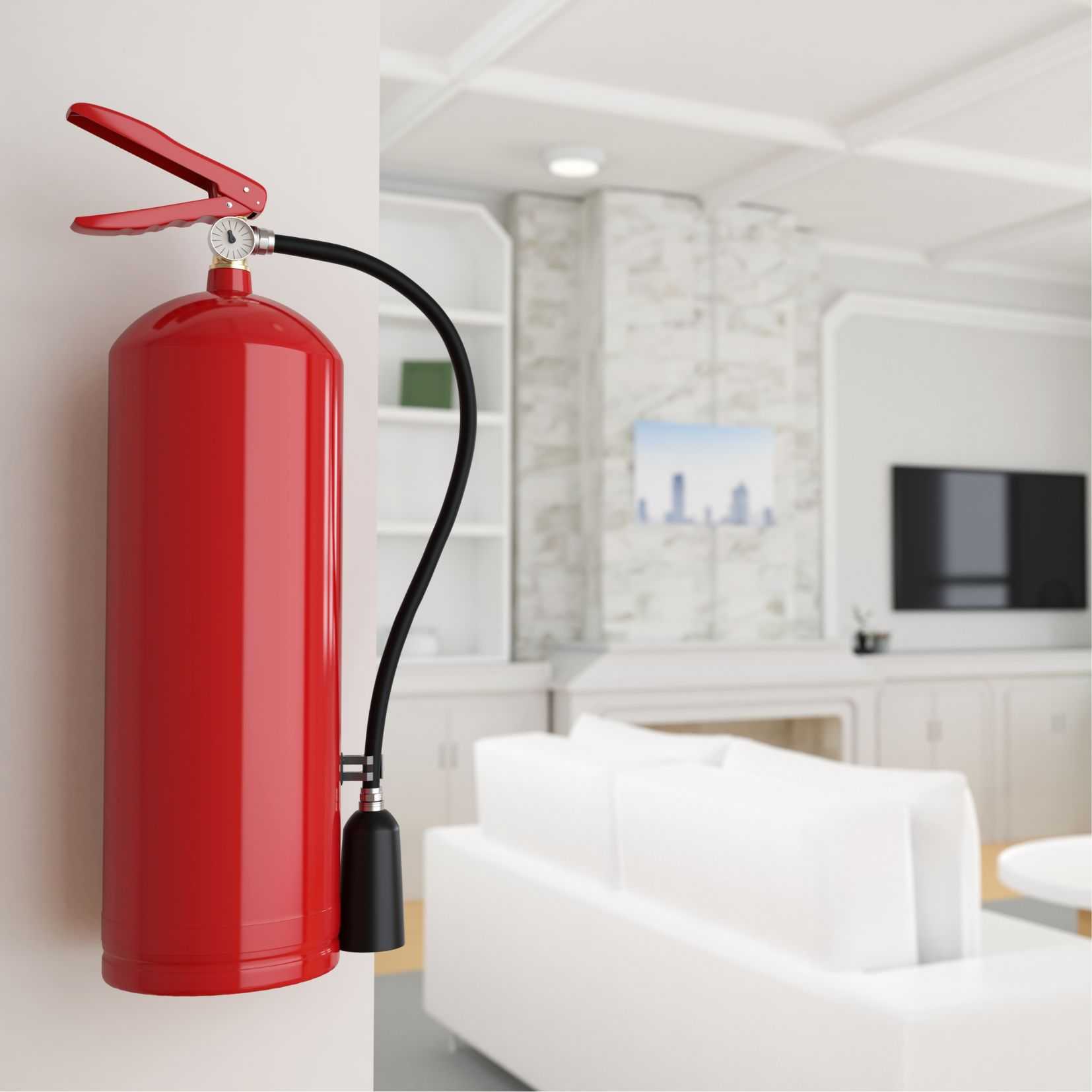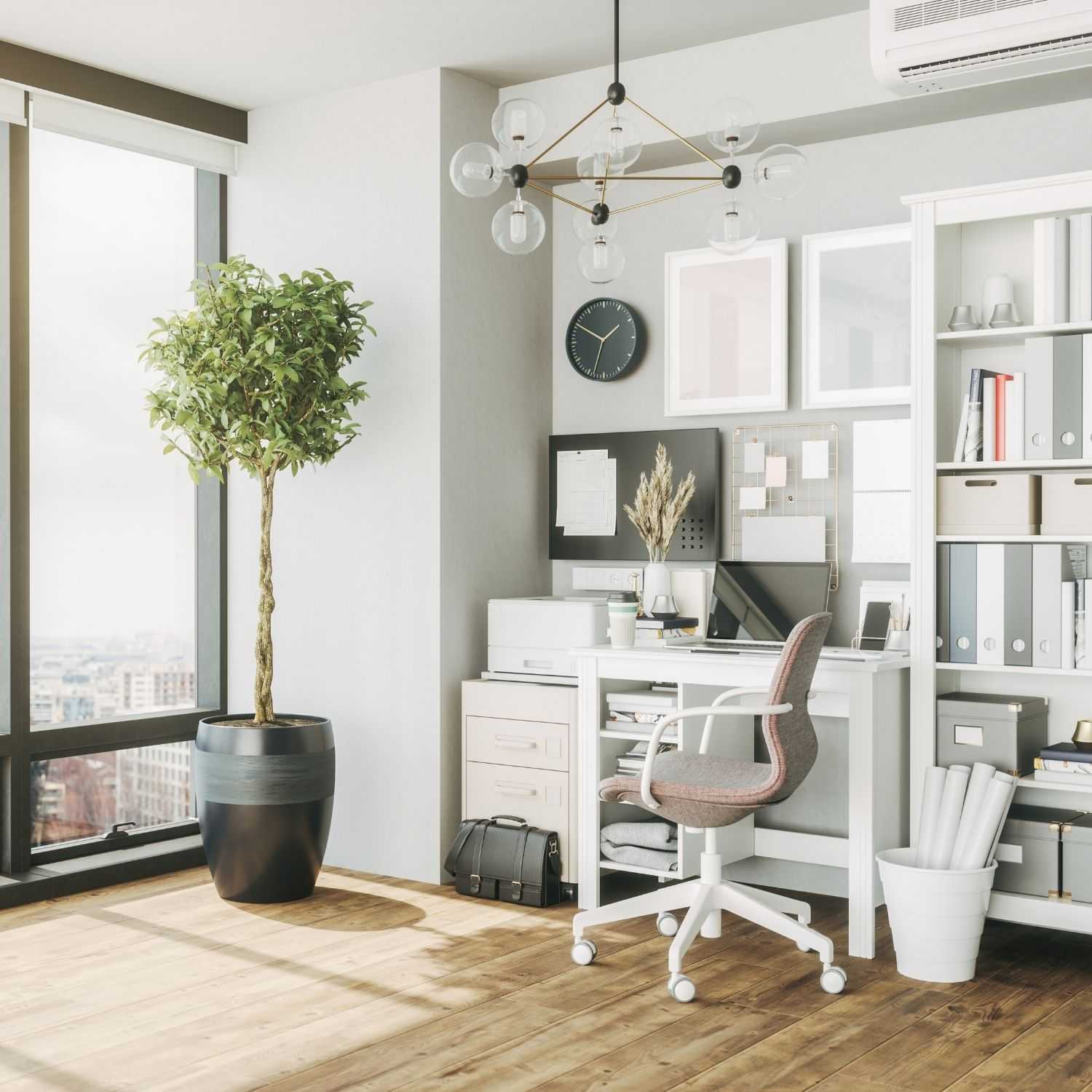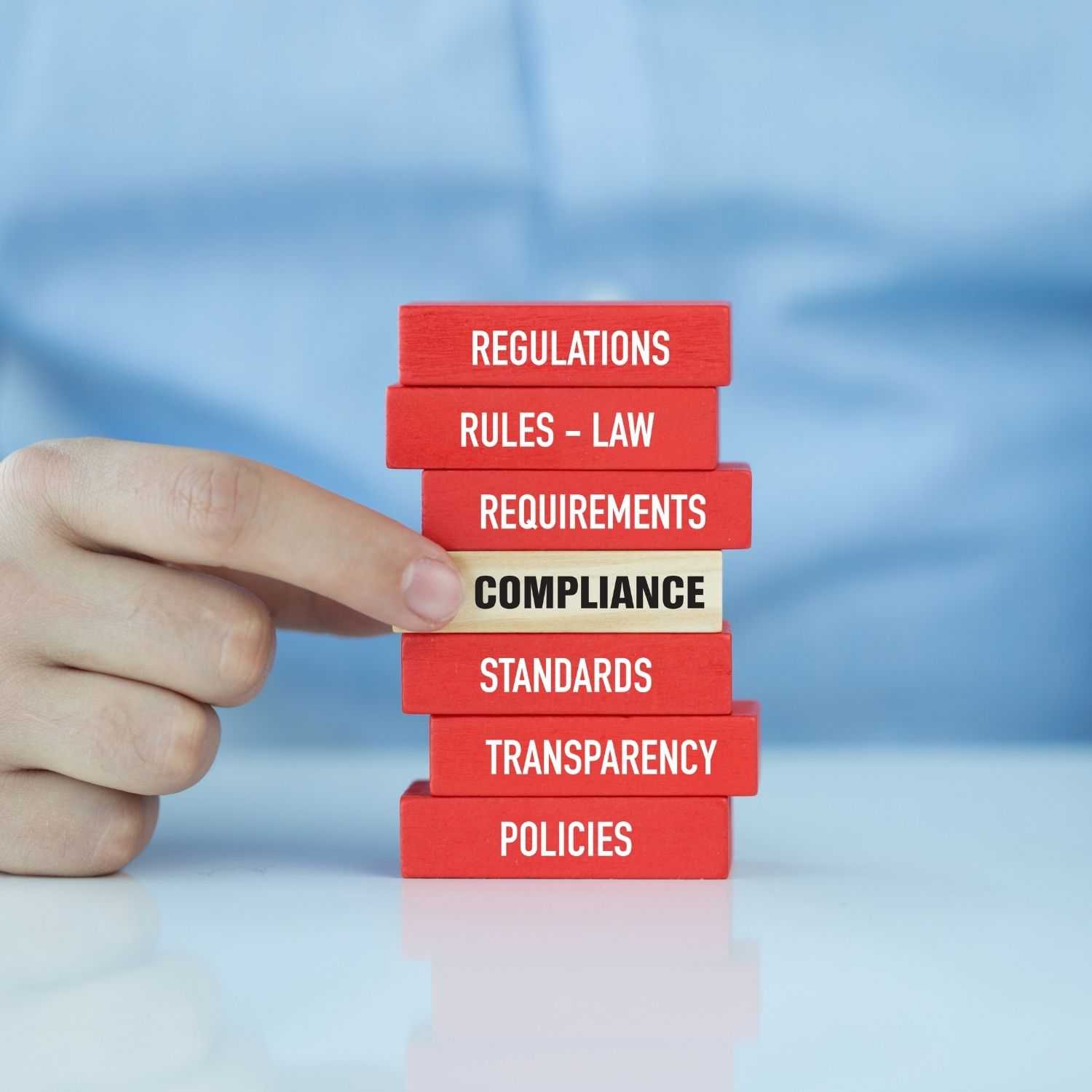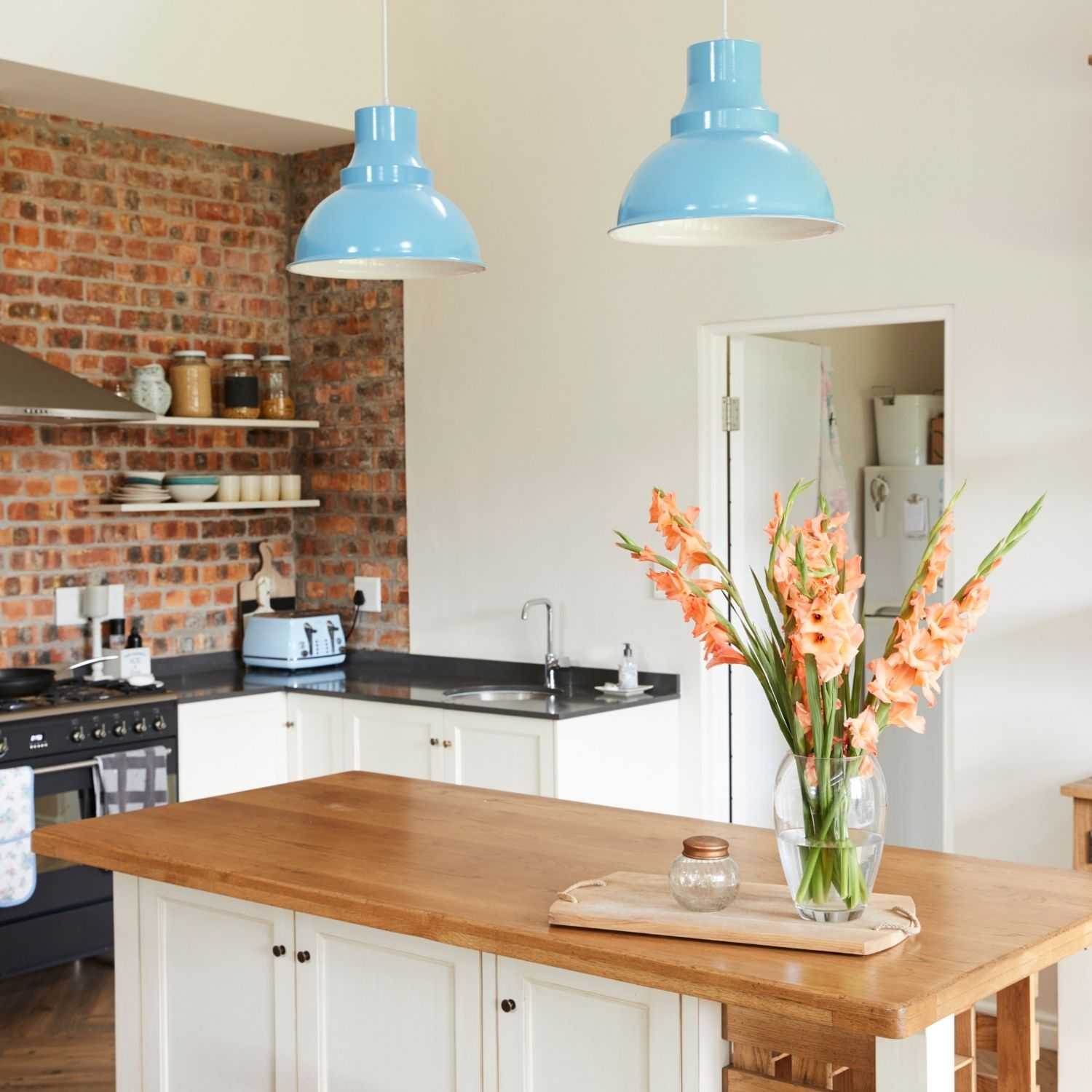Share post:
Short-term rental hosts should ensure the safety of guests at all times. This includes keeping shortlets safe from all forms of fire hazards. This is not just for the well-being of guests and the protection of the rental property. It’s also a legal responsibility.
The UK government is very clear and detailed when it comes to implementing fire safety regulations. They are also serious about compliance. Your inability to comply can lead to legal and financial implications that can compromise your ability to continue operating short-term rentals.
In this article, we’ll cover essential information about fire safety laws in London. You’ll learn how to comply with the laws and the safety measures you should implement – including your responsibilities in keeping your shortlets safe from fire hazards.
3 Important Laws Regarding Fire Safety Rules
Before implementing the right fire safety regulations, it’s always best to start with the foundation – the laws. There are three laws covering the fire safety rules in the city of London.
The Regulatory Reform (Fire Safety) Order 2005
According to the Fire Safety Compliance Guide provided by the government, The Regulatory Reform (Fire Safety) Order 2005 is the main legislation covering the fire safety rules in England – specifically for rental properties providing temporary accommodations for guests. This includes properties renting the whole unit or just a room. As long as it’s not rented out as a principal or long-term residence, the fire safety rules in this law apply.
This law requires landlords and hosts to conduct the necessary steps to reduce fire hazards through fire risk assessments, fire safety measures (e.g. escape routes, fire doors, smoke alarms, etc) and emergency plans.
The Housing Act 2004
Another law that you should study is The Housing Act 2004. This is more generic in nature as it covers all safety standards – not just those involving fire. This law details all the safety regulations for residential properties through the HHSRS or the Housing Health and Safety Rating System. It also authorises local officials to inspect properties to ensure compliance and proper implementation of safety procedures.
The Furniture and Furnishings (Fire Safety) Regulations 1988
This law is the most specific of the three. The Furniture and Furnishings (Fire Safety) Regulations 1988 sets the fire resistance standards for all furniture and furnishings used in London. Since short-term rentals are often fully furnished, you need to meet the standards when choosing upholstered items like beds, sofas, etc. These usually have fire-resistant labels so you can pick out which are compliant to the rules. Using these will reduce the fire hazard in your properties.
Fire Risk Assessments
There are safety measures like the fire risk assessment that should be implemented by every landlord and host in London. These comply with the fire safety laws that will allow your rental property to keep operating legally. These are mandatory checks to evaluate fire hazards and implement measures to lower the risk. This should be scheduled regularly, documented properly and filed accordingly for future reference.
Fire Safety Measures to Implement in Every Shortlet
Once you know what the law states about fire safety, it’ll be easier to identify the safety measures you should implement.
Here is a general list of what you should have in your short-term rental if you want to stay compliant.
Smoke Alarms and Carbon Monoxide Detectors
Install smoke alarms and carbon monoxide detectors to alert the occupants if they are in danger. The smoke alarms should be installed on every floor of the property while the carbon monoxide detector should be in rooms where a burning appliance or equipment is installed. You can also install a heat detector near the kitchen as an additional safety measure. This is mandatory and should include instructions so guests will know how to operate them in case of an emergency. These should also be checked regularly to ensure they work perfectly.
Fire Extinguishers and Blankets
All buildings and properties should have fire extinguishers and fire blankets for occupants to use in case of a fire. These should be in an accessible location where fire is most likely to start – like the kitchen. The fire blanket is best in the kitchen while the fire extinguisher can be in a hallway. These should be checked and serviced regularly to ensure they won’t fail.
Fire Escape Routes and Doors
If your property is in a building, you should coordinate with the building administrator for the fire escape routes. Illustrate the path occupants should take and put it in visible areas like near the entrance door, hallway or stairs.
Install fire doors to contain the fire in case it happens. These should be self-closing front doors or doors leading to staircases or corridors. While these can’t completely stop the fire from spreading, they can at least give occupants enough time to evacuate. These fire doors should be checked to ensure the self-closing devices aren’t tampered with and will be useful in the event of a fire.
Electrical and Kitchen Safety
Check all the electrical appliances and devices used around the apartment. Fires can be caused by faulty wiring so it’s important to regularly check for any outdated wiring or equipment.
Provide guests with safety and operation guidelines so they can use kitchen appliances correctly. Without proper guidance, they might damage something and even cause an accidental fire.
Fire Safety Responsibilities of Shortlet Landlords
When your short-term guests enter your property, you become responsible for their safety. Of course, accidents can happen. But there are rules and regulations to keep these risks to a minimum.
Here’s a list of fire safety responsibilities that short-term rental owners should take seriously to stay compliant.
Ensure Compliance with Fire Safety Rules
Stay updated on current fire safety regulations to know if your property needs to be updated. Be proactive in conducting fire risk assessments on your property and record the findings. File your record so you have a reference. With every assessment, you can check if you’re still compliant or if you need to improve your property.
Use Fire-Resistant Materials and Furniture
Always check the label of the materials and furniture on your property. Abide by the Furniture and Furnishings (Fire Safety) Regulations 1988. Manufacturers usually leave a mark to prove their products are fire-resistant. Try to look for these marks so you know the materials and furniture are compliant with the rules.
Provide Emergency Plans and Evacuation Guidelines
No matter how much you try to avoid it, accidents can happen. You need to be prepared for any eventuality so your guests know how to get themselves out of a tight situation. This means coming up with an emergency plan and providing guests with an evacuation guideline. Put clear escape routes in visible and prominent areas like doors, hallways and staircases. There should also be emergency lights – in case the fire cuts off the electricity.
Put Instruction Manuals in Visible Areas
Put instruction manuals for kitchen appliances, smart TVs and other electrical equipment so guests will know how to use them properly. Make sure the right equipment is plugged into the right socket so short circuits can be avoided. You should also provide house rules so guests will be reminded to unplug appliances that are not in use or turn them off to save energy.
Work with Professionals to Ensure Fire Safety
Be willing to work with professionals to ensure your short let complies with fire safety regulations. If you can’t do a fire assessment, get a professional to do it for you. There’s also the option to work with a property management company to assist you in making your property compliant. They can update you on new regulations to be implemented or if the next fire risk assessment is already due.
Conduct Regular Fire Safety Checks
Conducting regular fire safety checks is a must to ensure the measures and equipment in place are in good condition and working order. According to the Fire Safety Guide, inspections should be done every day, week, month, year and in between occupancies.
- Daily: Check exit routes (clear and free from obstructions)
- Weekly: Test fire detection and alarm systems in common areas are operational and fire-resisting doors/escape routes have functional self-closing devices
- Monthly: Inspect exit doors can be easily opened, rechargeable torches and escape lights are functional and domestic smoke/heat alarms are working.
- Bi-annually: Service fire detection and alarm systems, check fire doors fit their frames
- Annually: Service emergency escape lights and fire extinguishers
- Change of occupancy: Conduct the weekly and monthly test
Keep Shortlets Safe from Fire Hazards
Fire safety in short-term rentals is a legal responsibility that protects your guests and property. It involves understanding and complying with the regulations imposed by the national and local authorities. Among the responsibilities include implementing fire safety measures and providing the right equipment and escape routes in the event of a fire. You have to be proactive in taking steps to reduce the risk of fire hazards by educating guests and providing manuals so they’ll know what to do in case of an emergency.
Partnering with a reputable property management company like City Relay is a great way to ensure compliance. City Relay uses a smart proprietary platform to monitor all properties. This includes monitoring cleaning and maintenance schedules. This feature can also be used to schedule fire safety checks so you’ll never miss it.
If you’d like to know more about fire safety in short-term rentals, get in touch with City Relay. We’ll help you enhance safety and compliance to maximise the potential of your rental properties.













